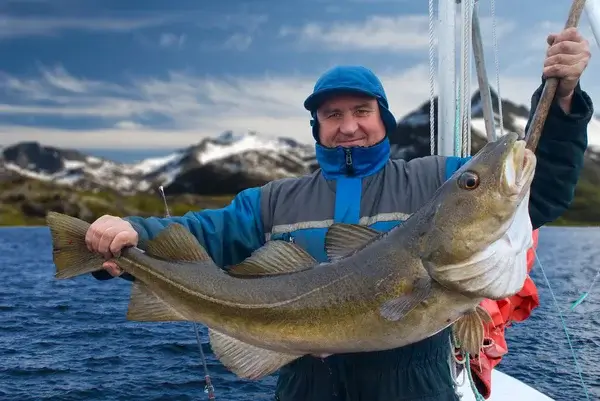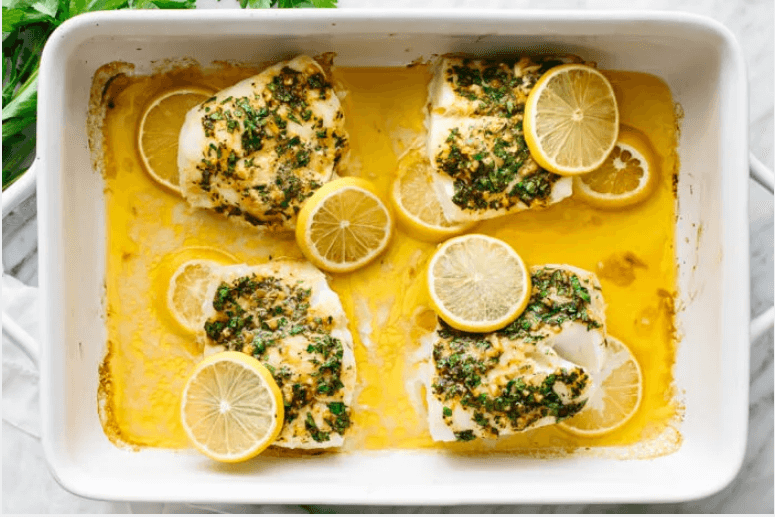Written by Andrew Akhaphong, MS, RD, LD, Mackenthun’s Registered Dietitian
Updated January 17, 2025
According to the Food and Beverage Trends 2025 Report by the Bell Institute of General Mills, high-protein lifestyles remain a top priority for consumers.
The 2020-2025 Dietary Guidelines for Americans (2020-2025) recommend to eat at least 8-ounces of seafood per week.(1) This is equivalent to eating two, 4-ounce cans of tuna! Additionally, 8-ounces of seafood per week provides approximately 250-milligrams of omega-3 fatty acids as DHA/EPA per day.(2) Studies show dietary patterns high in DHA/EPA have significant reductions in heart disease risk and slower progression of dementia and other cognitive-related disorders.(2)
A survey conducted by Christine Zellers in 2024 examined barriers to seafood consumption and purchasing habits among 129 pre-survey and 107 post-survey participants. About 52.38% of respondents reported they already ate enough seafood despite falling short of the 8-ounce per week recommendation established by the Dietary Guidelines for Americans (2020-2025).(3) Additional comments about low seafood consumption include affordability, dietary preferences such as the dislike of seafoods’ taste or smell, and lack of cooking knowledge.(3)
Arctic Shores® Frozen Cod Fillets can be an affordable and accessible option to increase seafood consumption.
What is Cod?

According to the National Oceanic and Atmospheric Administration (NOAA), cod is an Atlantic fish harvested commonly around the New England states.(4) Fun fact – Cape Cod, Massachusetts is named as such due to its historically abundant cod business!(4) There are Pacific and Greenlandic species of cod, but are not eaten as much in the United States compared to Atlantic cod.
Cod is very mild and neutral in flavor.(5) Because of this, cod can be an easy introduction to incorporate more seafood as it absorbs flavors well from marinades and seasonings. Its meat is delicate, but flakey making it ideal for many meals including fish tacos, fish sticks, blackened cod, poached, or smoked!(5)
Nutrition Benefits
A 3-ounce serving of cod provides approximately 90 calories, 1-gram of fat, and 20 grams of protein! This makes a cod an excellent option for building muscle, supporting heart health, and achieving weight management goals.
Selenium is a micronutrient often forgotten about in the health and wellness industry. A 3-ounce serving of cod provides approximately 4% of your daily selenium needs. Selenium is essential for your thyroid in the production of T3 and T4 hormones. These hormones are responsible for many functions including regulating heart rate, body temperature, and metabolism.
Vitamin B12 is important for the development of healthy red blood cells, carbohydrate and fat metabolism, and support internal communication of the nervous system. A 3-ounce serving of cod provides delivers approximately 30% of your daily Vitamin B12 needs. This is especially critical in populations 65-years of age and older as Vitamin B12 absorption decreases.
Garlic Herb Baked Cod
By Lisa Bryan of Downshiftology, October 23, 2024
What You Need
- 4, 6-ounce cod filets
- 3 tablespoons butter, softened
- 1 tablespoon extra-virgin olive oil
- 3 garlic cloves, minced
- 2 tablespoons of fresh parsley, chives, and thyme
- ½ teaspoon paprika
- 1 lemon, thinly sliced
- Salt and pepper to taste
What You Do
- Preheat your oven to 400°F (200°C). Place the cod in a baking dish.
- In a small bowl, mix together the butter, olive oil, minced garlic, parsley, paprika, salt, and pepper.
- Spread the compound butter mixture on top of each filet.
- Lay the lemon slices both on top and under the cod filets.
- Bake in the oven for 13 to 15 minutes, or until the cod is opaque and flakes easily with a fork. Before serving, spoon the juices from the baking dish over the cod.

References
- United States Department of Agriculture (USDA). Dietary guidelines for Americans, 2020-2025. 9th ed. 2020. https://www.dietaryguidelines.gov/sites/default/files/2020-12/Dietary_Guidelines_for_Americans_2020-2025.pdf
- National Institutes of Health. Omega-3 fatty acids. December 17, 2024. Accessed January 17, 2025. Retrieved from https://ods.od.nih.gov/factsheets/Omega3FattyAcids-HealthProfessional/
- Zellers C. Why aren’t Americans eating enough seafood? A seafood consumption pilot study. J Nutr Ed Beh. 2024. 56(8):S23. https://doi.org/10.1016/j.jneb.2024.05.057
- National Oceanic and Atmospheric Administration. Atlantic cod. September 6 2024. Accessed January 17, 2025. Retrieved from https://doi.org/10.1016/j.jneb.2024.05.057
- Fulton Fish Market. Your essential guide to cod. n.d. Accessed January 17, 2025. Retrieved from https://fultonfishmarket.com/blogs/articles/essential-guide-to-cod#:~:text=Atlantic%20cod%20has%20snowy%20white,cod%2C%20and%20other%20fried%20preparations.


